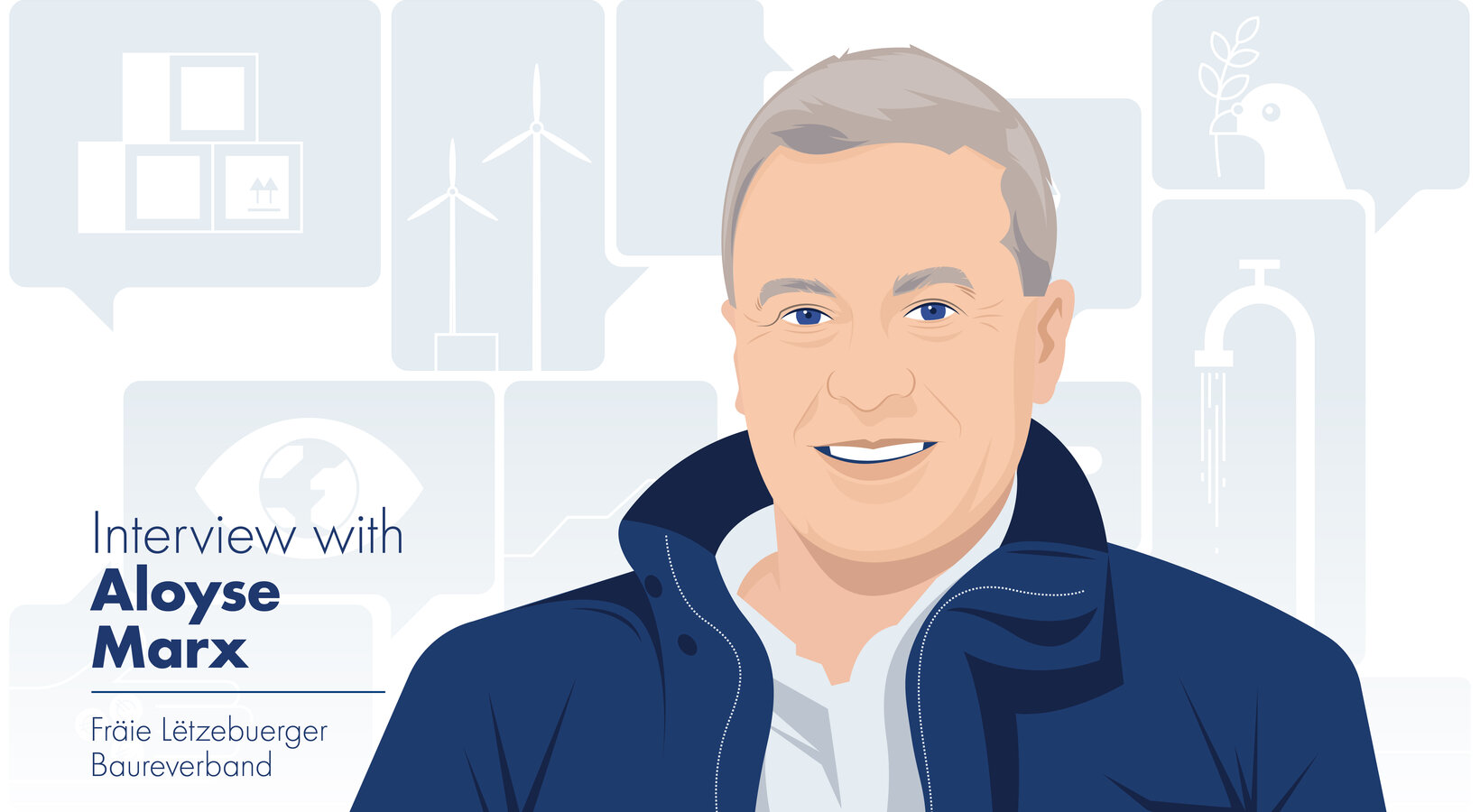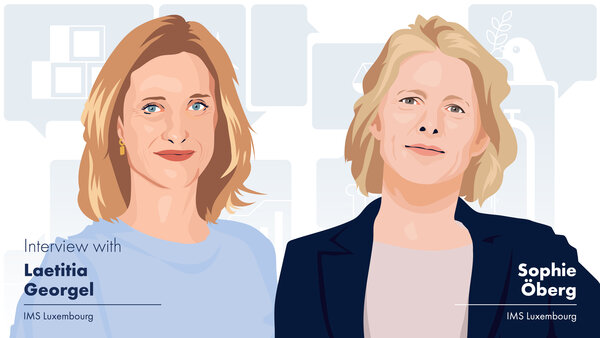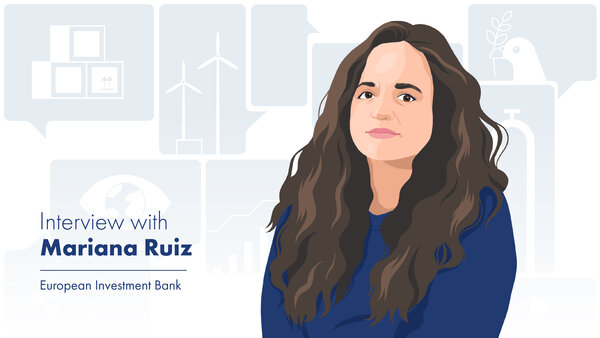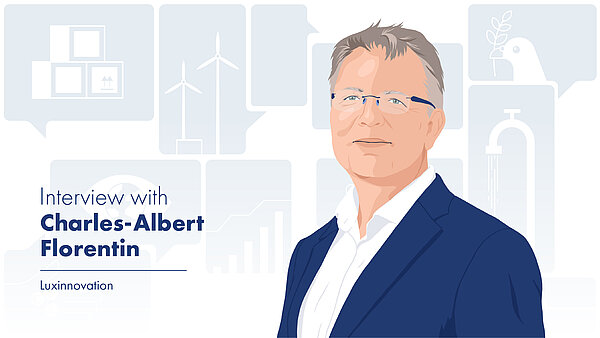5 tips for buying milk and meat without having a guilty conscience:
1. Around 30% of our food ends up in the bin. Give the climate a break and buy only what you need;
2. Buy milk and meat products produced from certified GMO-free feed, since they protect the climate;
3. Make sure you eat a balanced diet with foods whose carbon footprint has been calculated by independent institutions and which guarantee supply chain transparency;
4. For the necessary shift towards climate-friendly agriculture to succeed, buy food from retailers that have proven to be fair partners between producers and consumers;
5. Together with the agricultural sector, demand that policymakers create the framework to ensure that burdens and returns are fairly distributed in supply chains.
![[Translate to English:] [Translate to English:]](/fileadmin/_processed_/7/7/csm_398_RSE_Nicoletta-Centofanti_LSFI_3f9d397fb3.jpg)



![[Translate to English:] [Translate to English:]](/fileadmin/_processed_/7/7/csm_350__RSE__Julien_Froumouth__ABBL_b0d4199dba.jpg)


![[Translate to English:] [Translate to English:]](/fileadmin/_processed_/f/0/csm_391_RSE_Falk_Fernbach_308f17aa1d.jpg)
![[Translate to English:] [Translate to English:]](/fileadmin/_processed_/5/4/csm_390_RSE_Johansson_Peters_4412aa2c2a.jpg)
![[Translate to English:] [Translate to English:]](/fileadmin/_processed_/6/7/csm_180__Portrait__Ekkehart_Schmidt_Interview_429e9ad3f8.jpg)
![[Translate to English:] [Translate to English:]](/fileadmin/_processed_/3/9/csm_383_RSE_Dr._Gaston_Trauffler_89640b105d.jpg)
![[Translate to English:] [Translate to English:]](/fileadmin/_processed_/a/8/csm_376_RS_1_87cc49315d.jpg)
![[Translate to English:] [Translate to English:]](/fileadmin/_processed_/f/0/csm_373_RSE_Isabelle_Delas_LUXFLAG_paint_238a6891d9.jpg)
![[Translate to English:] [Translate to English:]](/fileadmin/_processed_/6/2/csm_Portrait_RSE_Bernard_de_Villepin_PWC_915121525c.jpg)